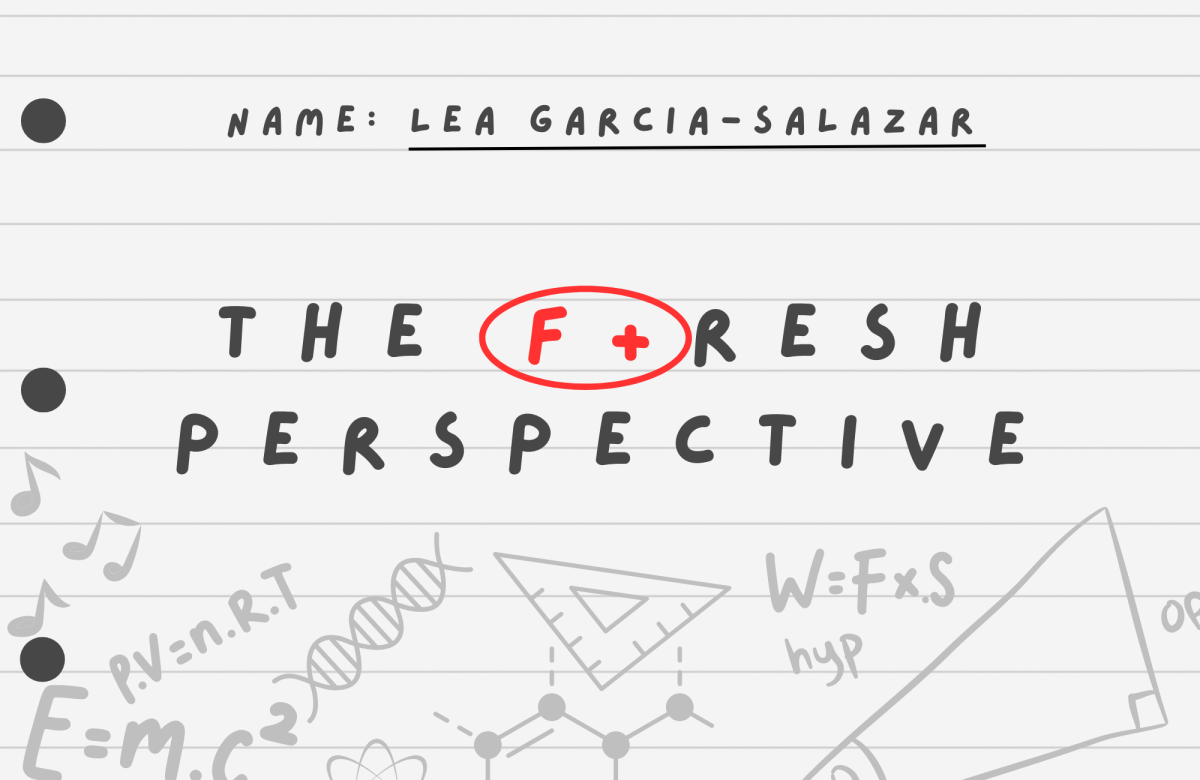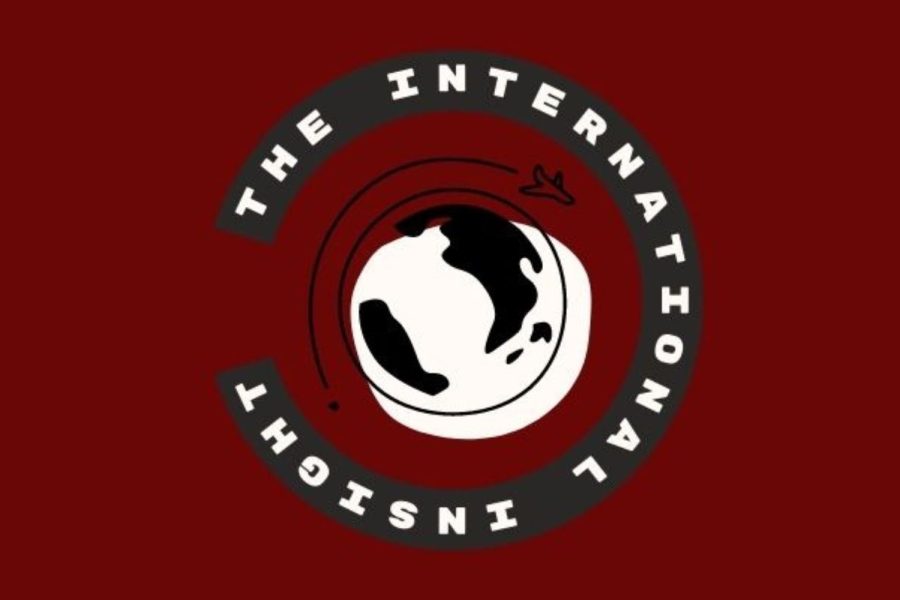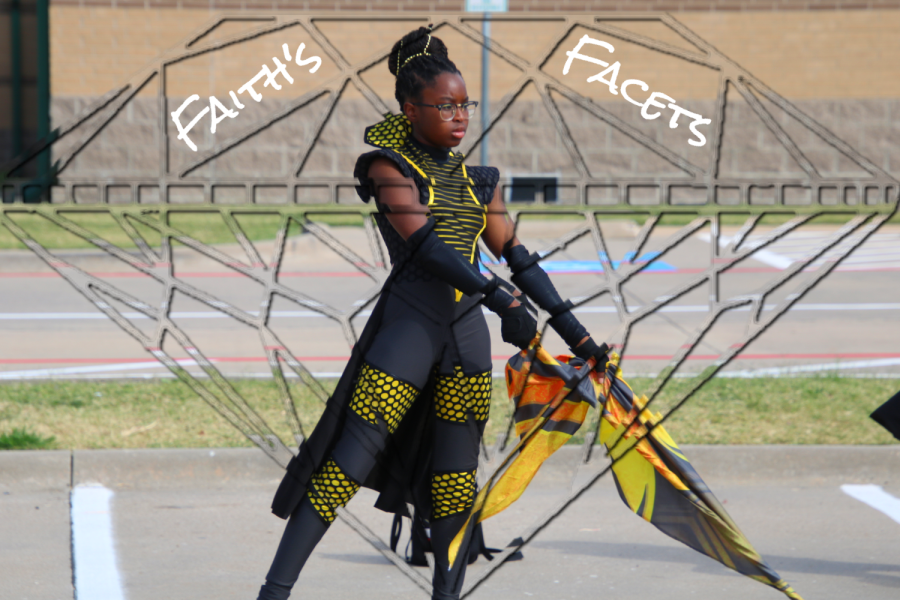In a world where borders are increasingly blurred by technology, nearly everyone is just one click away from connecting with someone from a different corner of the world. Think about the people you talk to online, the news and videos you watch—these virtual interactions are not just a part of our daily lives; they are transforming the way we learn. The constant virtual interaction has students navigating a complex and interconnected world at a very early age; constantly exposed to different perspectives. For this reason, it is necessary to incorporate global perspectives into education and promote cultural competence, collaboration, and an open mind.
Considering that a significant percentage of the campus population consists of minorities (64.7%), weaving the school’s diversity into our educational approach becomes not just an option, but a necessity.
Research from the University of Maryland demonstrates that exposing people to diversity results in more cultural awareness, lower racial stereotyping, and more civic responsibility. The study further reveals that college students exposed to more diversity in school demonstrate higher levels of critical thinking, intellectual engagement, and academic motivation. Through active engagement with diverse cultures and firsthand exposure, children can develop empathy, compassion, and a sincere comprehension of themselves, one another, and the world itself.
But how can global perspectives be implemented into school curriculum in a way that creates a positive impact on students? The answer lies in including integrating global challenges, and internationalizing the curriculum.
Incorporating global challenges into the curriculum is one way to do this. Selecting topics that are appropriate for the subject, grade level, and learning objectives is the first step. For instance, science classes can focus on renewable energy, global biodiversity loss, or climate change. History subjects can broaden their focus to include extensive and diverse discussion of human rights, democracy, and migration.
These topics could be covered by utilizing a range of media and information sources to convey various points of view and supporting data. Finally, creating stimulating exercises that let students use what they’ve learned to address global concerns can also be extremely beneficial. Students’ engagement, empathy, and communication can all be improved by using interactive teaching techniques like debates, role-plays, simulations, and especially, group projects.
Group projects offer a platform to bring the campus’s diversity to the forefront of students’ learning experiences. By forming these diverse groups and encouraging open dialogue and collaboration, we can improve student’s understanding of different viewpoints; promoting inclusivity and mutual respect.
Internationalizing the curriculum is another way to provide children the tools they require to thrive in a diverse and connected society. One tactic is to implement examples from everyday life that showcase different cultures into the classroom. Rather than sticking to one story, teachers might deliver the same information from several perspectives, showcasing the many experiences of various countries.
When a curriculum is successfully internationalized, it inspires students to conduct research, work together, and provide solutions to pressing issues. These abilities have a good effect on a student’s academic achievement as well as developing in them a feeling of responsibility as they start to see how they can make a positive difference in the world.
In a technology-driven world, diverse virtual interactions transform the way everyone navigates a complex world, especially students. Through strategies that bridge cultural divides and utilizing our unique opportunity to weave our school’s diversity into our educational approach, we can prepare students to thrive in a diverse global landscape.









